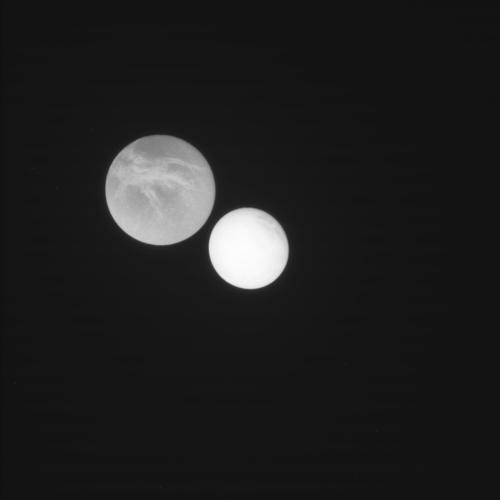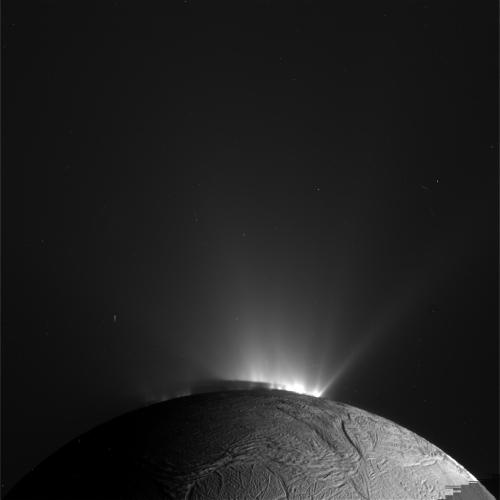Science and Health
A close flyby of Saturn's mystery moon Enceladus
(Xinhua)
Updated: 2010-12-03 10:40
 |
Large Medium Small |
|
|
LOS ANGELES -- NASA's Cassini spacecraft has sent back shadowy images of brilliant jets at Saturn's moon Enceladus after a recent flyby mission, the Jet Propulsion Loboratory (JPL) said on its website on Wednesday.
Cassini successfully dipped near the surface of Enceladus on November 30.
Though Cassini's closest approach took it to within about 48 kilometers (30 miles) of the moon's northern hemisphere, the spacecraft captured shadowy images of the tortured south polar terrain and the brilliant jets that spray out from it, JPL said.
|
||||
In some images, the jets line up in rows, forming curtains of spray.
Among the observations Cassini made during this Enceladus flyby, the radio science subsystem collected gravity measurements to understand the moon's interior structure, and the fields and particles instruments sampled the charged particle environment around the moon, according to JPL.
Scientists are still working to analyze the data and images collected during the flybys, JPL said.
The Enceladus flyby was the 12th of Cassini's mission, with the spacecraft swooping down around 61 degrees north latitude. This encounter and its twin three weeks later at the same altitude and latitude, are the closest Cassini will come to the northern hemisphere surface of Enceladus during the extended Solstice mission.
Cassini's closest-ever approach to Enceladus occurred in October 2008, when the spacecraft dipped to an altitude of 25 kilometers, or 16 miles.
|
|





